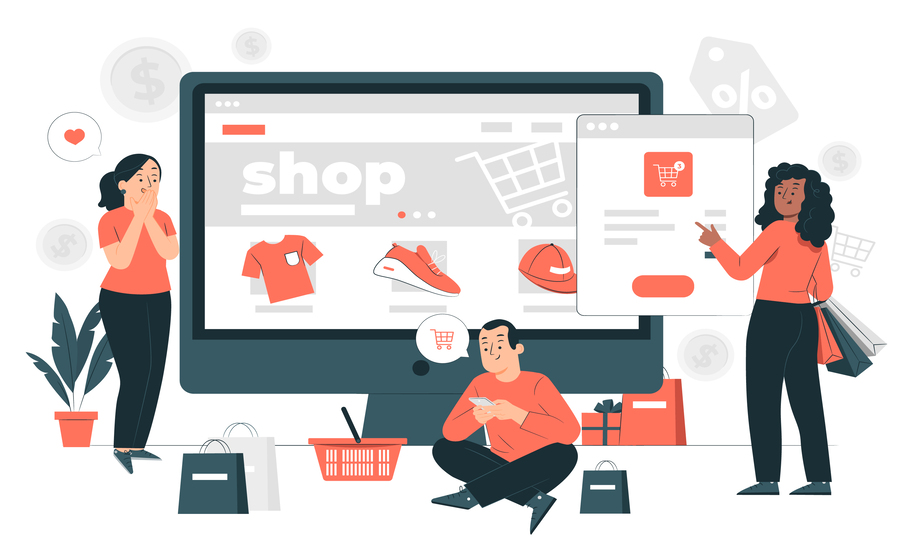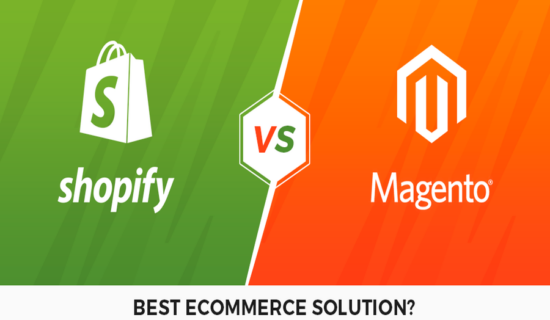
Ecommerce design trends have undergone significant transformations in the past decade, reflecting the evolving expectations of consumers. Today, successful online storefronts must not only meet but exceed customers’ increasingly high standards to remain competitive. In 2024, the landscape of ecommerce web design continues to evolve, emphasizing user-friendliness, visual appeal, and speed optimization. To stay ahead of the curve, delve deeper into these trends with the ChetsApp guide to ecommerce design.
Next-Gen Visualization: Enhancing Product Experience
Efficient product visualization is paramount for ecommerce websites, enabling customers to gain a comprehensive understanding of the items they wish to purchase. Immersive visualization stands out as a crucial trend, potentially elevating sales when executed effectively. By presenting high-quality product visuals, businesses facilitate better comprehension of features, design, size, and color variations, thereby potentially reducing return rates. Key elements include:
- 360-Degree Views: Offering customers the ability to view products from all angles enhances their confidence in the product’s quality and suitability.
- Augmented Reality (AR): Integration of AR technology enables shoppers to visualize products within their own environment, fostering a deeper connection and aiding purchase decisions.
- Configurable & High-Resolution Images: Providing high-resolution images for each product variation instills trust in potential buyers and facilitates informed decision-making.
Made for Mobile: Prioritizing Accessibility
With mobile devices driving over half of global internet traffic in 2023, prioritizing mobile-centric design is no longer optional but essential for success. Benefits of this approach include:
- Enhanced User Experience (UX): Designing storefronts with a focus on mobile users translates to a seamless experience across various devices, crucial for international businesses catering to diverse markets.
- Improved Conversions: Optimized mobile commerce design streamlines the purchasing process, potentially boosting conversion rates through faster load times and intuitive navigation.
- SEO Benefits: Mobile-friendly designs not only enhance user experience but also contribute to better search engine rankings, particularly with Google’s prioritization of mobile-first indexing.
AI Integration: Revolutionizing Ecommerce Operations
Artificial Intelligence (AI) plays a pivotal role in modern ecommerce, offering solutions ranging from customer support to personalized shopping experiences:
- Chatbots: AI-powered chatbots provide round-the-clock customer support, leveraging natural language processing to address queries promptly and personalize interactions.
- Personalization: AI algorithms analyze customer data to deliver tailored shopping experiences, increasing engagement and conversion rates.
- Technical Enhancements: AI tools optimize website performance by predicting user behavior and efficiently managing resources, ensuring seamless browsing experiences even during peak traffic.
Sustainability: Meeting Consumer Expectations
Growing consumer demand for eco-friendly practices has made sustainability a cornerstone of ecommerce design:
- Sustainable Filters: Implementing filters for sustainable products demonstrates a commitment to environmental responsibility while assisting customers in making conscious purchasing decisions.
- Carbon Footprint Calculator: By integrating a carbon footprint calculator, businesses engage customers in sustainable practices and showcase their environmental efforts transparently.
- Green Hosting: Partnering with green web hosts reduces the environmental footprint of ecommerce operations, aligning with consumer preferences for eco-conscious brands.
- Packaging Options: Offering sustainable packaging choices empowers customers to make environmentally friendly decisions, enhancing brand loyalty and perception.
Partnering with Expert Developers: Unlocking Possibilities
Collaborating with experienced ecommerce developers enables businesses to realize their vision and stay ahead of evolving trends:
- Instant Feature Addition: Custom web design solutions facilitate swift integration of new features, allowing businesses to adapt to changing trends without reliance on third-party plugins.
- Unique Brand Representation: Customized designs reflect brand values and enhance brand identity, fostering stronger connections with customers.
- Cost Efficiency: By avoiding recurring charges associated with third-party platforms, businesses can maximize return on investment and maintain control over their online presence.
Conclusion
As e-commerce continues to evolve, staying abreast of emerging design trends is essential for businesses seeking to thrive in a competitive landscape. By embracing next-gen visualization, mobile optimization, AI integration, sustainability practices, and expert development, brands can create immersive shopping experiences that resonate with consumers and drive success in 2024 and beyond. Contact ChetsApp for expert guidance and take your ecommerce venture to new heights.

